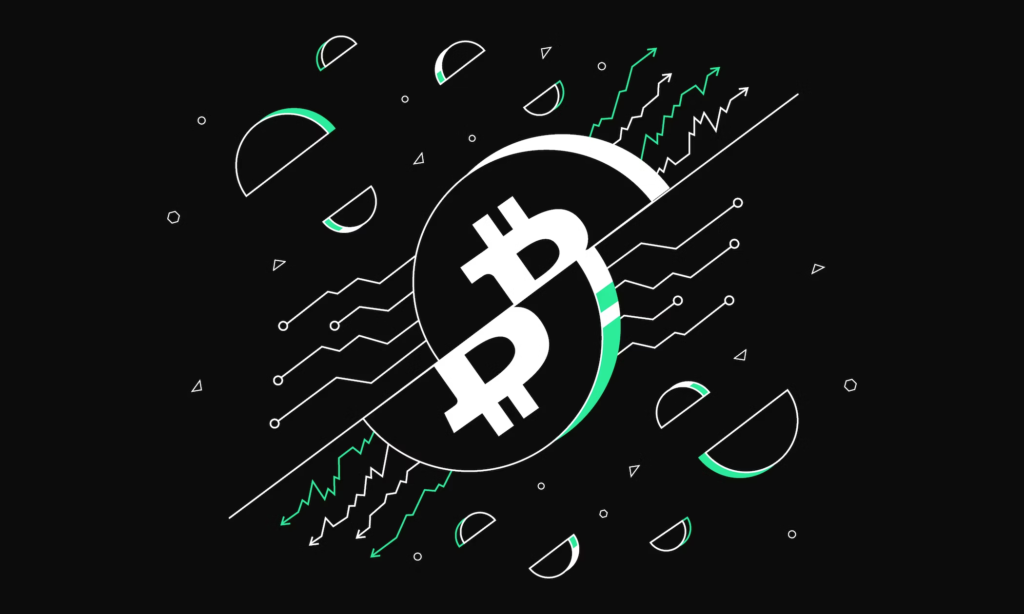Every four years, the amount of bitcoin awarded to miners is reduced by half, until all 21 million bitcoin have been virtually mined (probably around the year 2140). The halving mechanism helps make bitcoin a scarce, inflation-resistant resource.
Despite being a digital currency, Bitcoin does not have an unlimited supply. The foundation of its value lies in verifiable scarcity, supported by two key principles within the Bitcoin protocol. Firstly, the total supply of bitcoin is capped at 21 million, with less than 2.5 million remaining to be virtually “mined” as of late 2020. Secondly, the introduction of new bitcoin to the network undergoes a halving process every four years, wherein the reward is reduced by half. This mechanism is known as the halving and plays a crucial role in maintaining the scarcity and value proposition of Bitcoin.
In the early part of 2020, the Bitcoin network saw the addition of 12.5 new bitcoins every 10 minutes through virtual “mining.” However, in May of that year, this quantity was halved to 6.25. Looking ahead to 2024, it is anticipated to further decrease to approximately 3.125. This gradual reduction in new bitcoin issuance through mining will persist until the entire supply of 21 million coins is mined.
Why does Bitcoin Halving Occur?
Bitcoin halving is an integral aspect of the protocol’s design, serving as a crucial mechanism to regulate the influx of new Bitcoin into circulation. The primary reasons for implementing Bitcoin’s halving include:
- Scarcity and Controlled Supply: Bitcoin’s total supply is capped at 21 million coins. By reducing the rate at which new bitcoins are created through halving events, the protocol ensures a controlled and predictable supply, contributing to the cryptocurrency’s inherent scarcity.
- Inflation Control: Halving events help control inflation in the Bitcoin ecosystem. As the rate of new coin issuance decreases, it counteracts the potential for rapid inflation that might occur if the supply were to increase unchecked.
- Economic Incentives for Miners: The halving mechanism serves as an economic incentive for miners to contribute to the security and operation of the network. While the reward for mining is reduced, the expectation is that the increasing value of Bitcoin over time will compensate for the reduced issuance.
- Market Perception and Value: The knowledge of a limited and decreasing supply over time enhances Bitcoin’s perception as a store of value. Investors and users may view the cryptocurrency as a deflationary asset, potentially influencing its market value positively.
- Decentralization and Security: By maintaining incentives for miners, halving events support the decentralization and security of the Bitcoin network. This is crucial for preventing centralization of mining power, which could compromise the integrity of the system.
The next Bitcoin halving is expected to take place in April 2024. It is difficult to predict the exact date as it depends on the block height. Since halving happens every 210,000 blocks, the next Bitcoin halving is expected to occur in April 2024 when the block height reaches 840,000.



